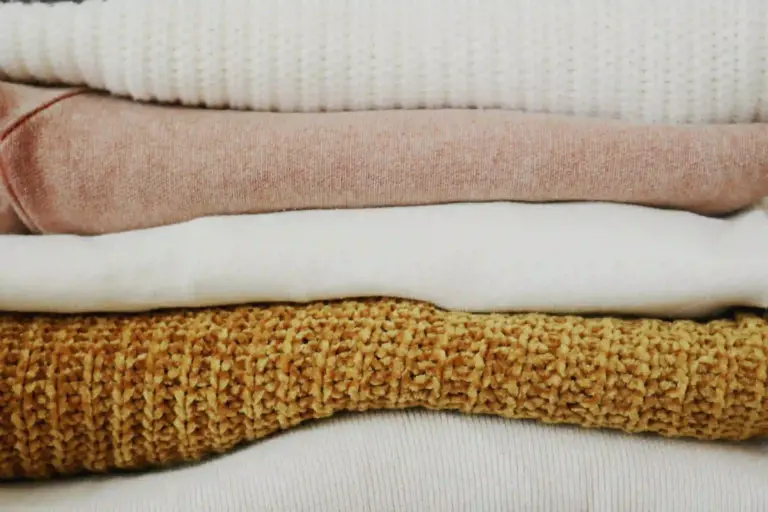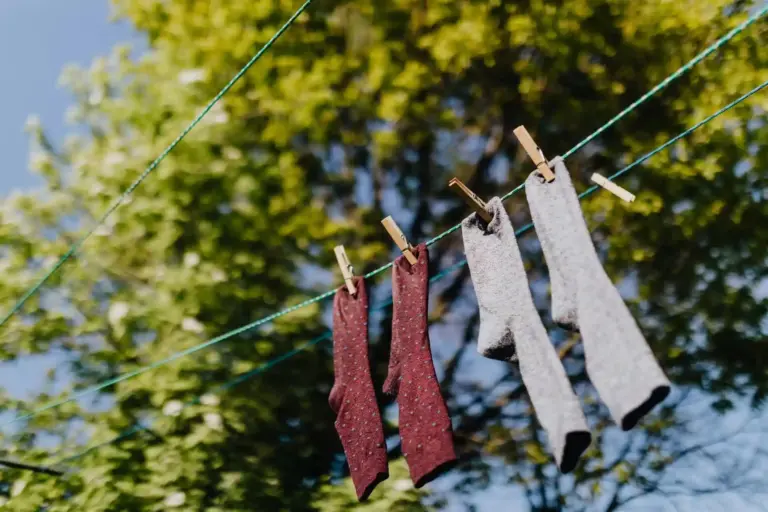As an important garment to protect the human body from the cold, the historical evolution of thermal baselayer is closely related to human civilization, technological progress, and the development of the textile industry. From the simple shelter in ancient times to the modern high-tech intelligent thermal baselayer, the evolution of thermal baselayer not only reflects the pursuit of human comfort but also demonstrates the progress of human civilization and the achievements of scientific and technological innovation.
Thermal baselayers in ancient times
In ancient times, human beings lived in a harsh natural environment, and to survive, they began to use all kinds of natural materials to make clothes to keep warm. These clothes were usually made of animal skins, leaves, feathers, etc. Although simple, they provided basic protection for human survival. With the development of human civilization, people began to learn how to spin and weave, using wool, twine, and other materials to make more delicate thermal baselayers.
Thermal baselayers in ancient civilization
In the ancient civilization, the production technology of thermal baselayers was further developed. Ancient Egyptians used wool to make thermal baselayers, and ancient Greeks and Romans began to use materials such as flax and cotton. In this period, thermal baselayers began to pay attention to the style and decoration, which not only had the function of warmth but also reflected the aesthetic concept and cultural characteristics of the society at that time. For example, the ancient Greek period of the toga and the ancient Roman period of the cloak were popular at the time of thermal baselayer.
The Middle Ages to the Renaissance thermal baselayer
During the Middle Ages, European society entered the Dark Ages, and thermal baselayer production technology did not develop much. However, during this period, wool became the main material for making thermal baselayers because it had good warmth and durability. The nobles wore thermal baselayers made of fine woolen products, while the common people could only wear rough woolen clothes.
During the Renaissance, with the rise of humanism, people’s pursuit of beauty also increased. thermal baselayer began to pay attention to style and color, which not only require warmth but also fashion and beauty. During this period, silk, velvet, and other high-grade materials began to be used in the production of thermal baselayers, making thermal baselayers more luxurious and exquisite. At the same time, people also began to pay attention to the layering and matching of clothing, by wearing multi-layered clothing to enhance the warmth effect.
The Industrial Revolution period of thermal baselayer change
The arrival of the Industrial Revolution made the production technology of thermal baselayers undergo a great change. The invention of textile machinery made textile production mechanized, greatly improving production efficiency. At the same time, the emergence of chemical fibers also provided more options for the production of thermal baselayers. People began to use synthetic fibers such as polyester, acrylic, etc. to make thermal baselayers, these fibers have better thermal properties and wear resistance.
In addition, the Industrial Revolution also saw the emergence of new technologies, such as the sewing machine, which allowed for the production of finer and faster clothing. The emergence of these technologies made thermal baselayers more popular and diversified to meet the needs of different people.
Diversified development of modern thermal baselayer
After entering modern society, the styles and materials of thermal baselayers are more diversified. In addition to the traditional wool, cotton, and other natural materials, synthetic fibers, down, and other new materials are also widely used in the production of thermal baselayers. These materials not only have better warmth but also have the advantages of being lightweight and easy to clean.
In terms of style, modern thermal baselayer focuses on fashion and personalization. People can choose different styles and colors of thermal baselayers according to their preferences and needs. At the same time, with the continuous progress of science and technology, modern thermal baselayer is also integrated with intelligent elements, such as intelligent temperature control, warmth monitoring, and other functions, making thermal baselayers more intelligent and humanized.
In addition, modern thermal baselayer also focuses on comfort and functionality. Many brands have started to pay attention to the principle of ergonomics, through the design of reasonable tailoring and fabric selection to improve the wearing comfort of clothing. At the same time, some specially designed thermal baselayers also have windproof, waterproof, breathable, and other functions to adapt to the needs of different outdoor environments.
Conclusion
In conclusion, the historical evolution of basic thermal baselayers from ancient times to the present reflects the progress of human civilization and the development of science and technology. From the initial animal skin and leaves to modern synthetic fibers and smart technology, the materials, styles, and functions of thermal baselayers are constantly developing and innovating. In the future, with the continuous progress of science and technology and people’s pursuit of a comfortable life, thermal baselayers will be more environmentally friendly, intelligent, and personalized, bringing more convenience and comfort to human life. At the same time, we are also looking forward to more innovation and application of science and technology, so that thermal baselayer in the future development is more in line with human needs and expectations.














